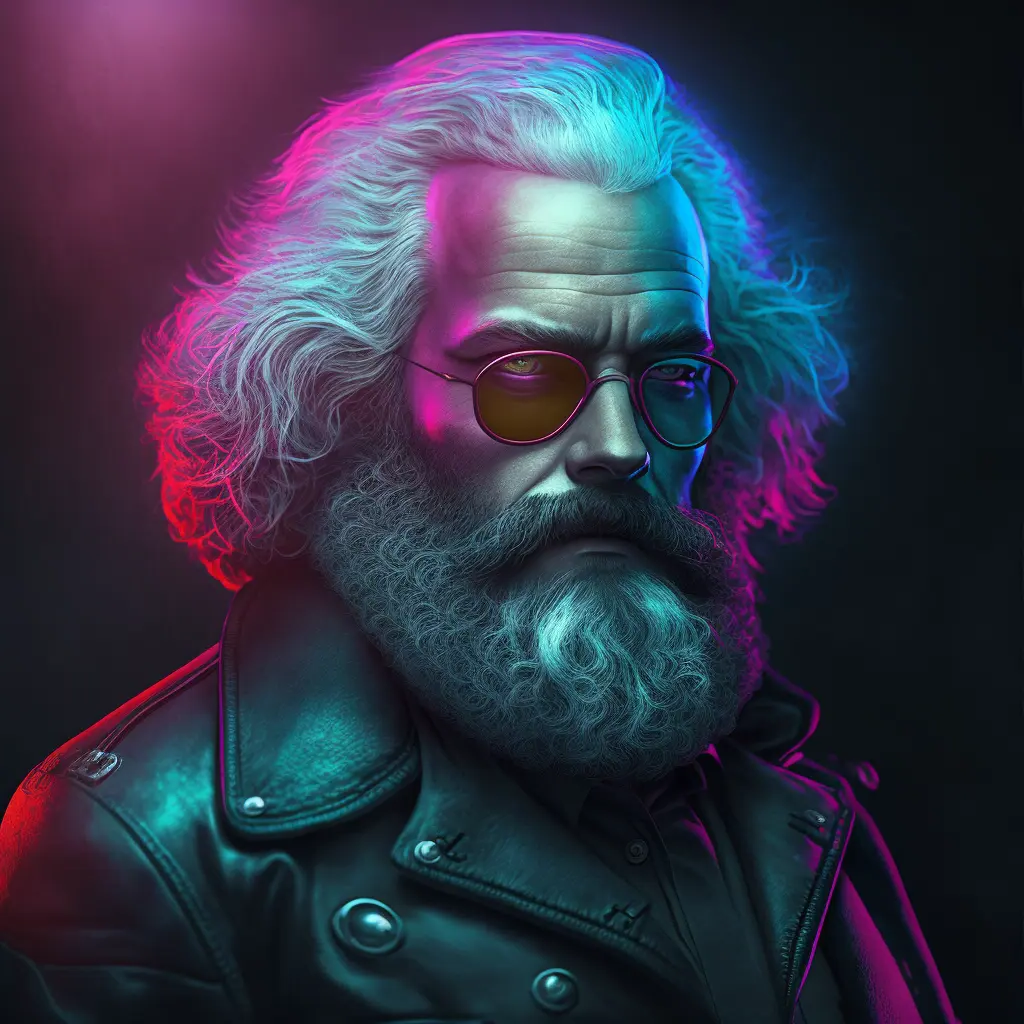The people of the DPRK effectively form the state, therefore any policy of the state is a policy from the people. Anything that comes out of the DPRK’s government can be reasonably extended as being an opinion shared by the people of the DPRK.
Anti-Amerikan imagery permeates Korean culture in the north. You can see many posters here that were released shortly after Kim Jong Il died. It’s not that long ago (and I could find more recent ones but this is a good collection).
The DPRK is right.
Let me remind you they are still technically at war with the south. A country fabricated by the USA to prevent a communist takeover, as Kim Il Sung had popular support.
Then the US inflicted one of the deadliest wars upon the communists. Upon a population that was woefully unmatched. And the US knew this going in. They knew they could indiscriminately bomb the north, because the communists had little to no aerial defence. The US Air Force purposely targetted civilian buildings, especially the agricultural industry, to force a famine upon the communist side.
And today people call it the “forgotten war”. Well, the Koreans didn’t forget it. They are still living it. Can you imagine the insult that is upon them to say that their invasion, their massacre, is not worth being remembered or mentioned? There are still people alive today in Korea that lived through that war.
But the Korean people endured and survived. Starting in the 60s and up until 1992, they were self-sufficient. They had to be, because they were denied the right to be recognised as a country in the UN until they opened up the economy during the arduous march. The government had to provide but couldn’t, so they tried to open up the country – they wanted to join the IMF and the World Bank. Both times the US vetoed their application.
Later in the 90s, the US destabilised the USSR which led to its illegal dissolution. Suddenly all trade relations between socialist countries collapsed and the socialist world was plunged into a crisis. This is where many horror stories about life in the DPRK started. A horrific period the USA purposely cultivated and exacerbated. People used to go to China to trade and bring back food because there just wasn’t any left in the DPRK. They needed petrol for their tractors and machines, but US sanctions did not allow them to get any. So they relied on manual and animal labour. The rabid dogs of the CIA used to operate on the border between China and the DPRK and would approach travellers, and offer them a bag of rice in exchange for a cow’s tail. Do you know why they wanted a cow’s tail? Because without a tail, a cow cannot balance itself. It cannot be used to plow the fields. The CIA purposely, wilfully, knowingly worsened the famine in the DPRK. They are guilty of a crime against humanity.
And the USA, thanks to its media influence, turned the story in their favour. Imagine yourself as a Korean living in the DPRK again. Not only is your history not worth mentioning, the enemy is also writing whatever they want about you. They are saying you cannot provide for your people, when in reality they are doing whatever they can to make sure you will not.
Then there are the defectors. More often than not, they are abducted and forced to live in the puppet state known as South Korea. They are monitored 24/7 by the national intelligence service (NIS). They are not allowed a passport, because they could go back to the DPRK with it. They are held hostage in enemy territory. Then they turn your people against you. They turn you into a defector. They urge you to say ludicrous things on TV if you want to get out of their cells. And because people don’t want to hear the same tame stories for the 15th time, they give you scripts that get more and more outrageous as time goes on.
And again their struggle is not worth mentioning. It’s not worth remembering. It’s lost to history, somewhere in the 50s, and nothing has happened since then. It’s old news, man, get something new.
Why are DPRK citizens attacked so much? Why are they singled out specifically? It’s not on racial grounds, because the US is very friendly towards the South. No, their guilt lies somewhere else. Koreans are guilty of wanting to take charge of their lives, and build their own country. And the US can’t have that.
So tell me again why the DPRK is not allowed to apply their laws to their countries, why the people of the DPRK are not allowed to make their policies in their government, and say: the USA is the enemy, they will die at our hands?
Thank you for this summary. I’m stickying this for a while.
Also necessary to mention the massacres perpetrated by the US army against the civilian population, like in Sinchon. (For anyone who doesn’t know, here is a short video about Sinchon: https://invidious.snopyta.org/watch?v=wDexrR4m4cU)
The entire division of Korea into north and south is a result of US imperialism. Naenara (yes, DPRK state media, but all this can be confirmed from independent sources) has written in 2017 a good article about the beginning of the Korean war which also mentions it, but since Naenara makes it impossible to link to an individual article, I’ll copy-paste the text of that article below:
Who Started the Korean War?
Sixty-seven years have passed since the Korean war. But the US is, still today, struggling to distort the truth of its outbreak.
Then, who started the Korean war?
Drawing of 38th Parallel and US Occupation of South Korea
In August 1945, the Korean People’s Revolutionary Army, in cooperation with the Soviet troops, launched the general offensive to liberate Korea and brought Japan to its knees. The defeat of Japan gave an upset to the US that had dreamt of placing the whole Korean peninsula under its control and using it as a springboard for its strategy of world domination. Unable to realize its wild ambition, the US put forward a so-called “practical solution” for occupying half of the Korean peninsula.
According to an instruction of the then US President Truman, the State-War-Navy Coordinating Committee prepared a draft for the Soviet and US troops to disarm the imperial Japanese army with the 38th parallel of the Korean peninsula as the dividing line. Truman approved it on the spot and ordered to make it as a written document, “General Order No.1”, and inform the Allied Powers of it on August 13. In fact, the 38th parallel as a dividing line in Korea was never the subject of international discussions. It was unilaterally contrived by the US.
According to this order, the advance contingent of the 24th Army Corps of the US arrived at Kimpho Airport on September 4, 1945 and the corps landed in Inchon, Pusan and Mokpho between September 8 and mid-October.
Referring to this, even Americans say: The war of the Wall Street against the Korean people started practically from September 1945 when its generals landed in south Korea.
Military Preparations for War and Armed Provocations on 38th Parallel
The US rigged up and expanded the south Korean puppet army with a view to keeping the balance of forces at a “ratio of ten to one” over the north Korean army and trained it the American way. It also seized its prerogative of supreme command over the puppet army.
From 1945 to 1949, the US offered to south Korea military aid worth over 1 billion dollars. While stepping up the combat readiness of the puppet army, it deployed its reinforced forces in the areas along the 38th parallel. It also newly built or repaired military roads and conducted the work of building positions on a large scale.
At the same time, the US imperialists egged the puppet army on to launch armed provocations against north Korea in the areas along the 38th parallel. Their armed provocations from 1947 to June 1950 numbered over 5 150.
Such provocations were not simple “armed conflicts” but “test wars” committed repeatedly with a focus on the directions of main attack according to military action plans for “northward expedition”.
Fujishima Udai, a Japanese commentator, said as follows on July 4, 1975: The US scheme to unleash a war in Korea did not kick off unexpectedly on June 25, 1950, which is usually called the day of the outbreak of the Korean war. It started from 1947 right after the Second World War.
Outbreak of Korean War
After rounding off war preparations, the US imperialists buckled down to action.
Truman sent Secretary of Defence Johnson, Chairman of the US Joint Chiefs of Staff Bradley and Advisor to the State Department Dulles to Seoul and Tokyo on the pretext of discussing a “peace treaty” with Japan so as to ultimately make sure of the preparations for war against north Korea and take relevant measures.
Dulles arrived in Seoul in mid-June 1950 and made final examination of the war preparations of the puppet army in a trench along the 38th parallel. Giving instructions to ignite a war to Syngman Rhee, he said he came here with Truman’s order to inspect the preparations for a “northward march” with his eyes and kick it off in case everything is OK, adding that there is no need for further delay.
On June 25, 1950, the south Korean puppet army, in combat readiness under the direct command of the American Military Advisory Group, launched a sudden armed invasion of the DPRK all along the 38th parallel.
But the US imperialists suffered an ignominious defeat in the war by the Korean people who turned out in the heroic struggle to firmly defend the destiny of their country and nation.


